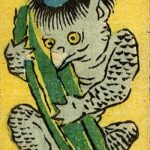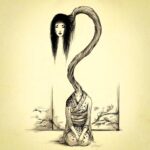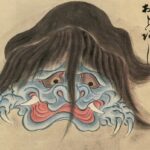What is a yokai? We often encounter them in various places like anime, video games, and temples, but struggle to describe them accurately, often resorting to calling them ghosts or monsters. However, the term yokai encompasses so much more, and it’s a bit of a complex concept.
Yokai are mystical beings from Japanese folklore. While they’re frequently translated as ghosts, spirits, or demons, these translations are rather imprecise. Yokai is an umbrella term that covers the entire mythological spectrum, and it’s a challenging concept to convey in a single word, making it best suited to the Japanese language.
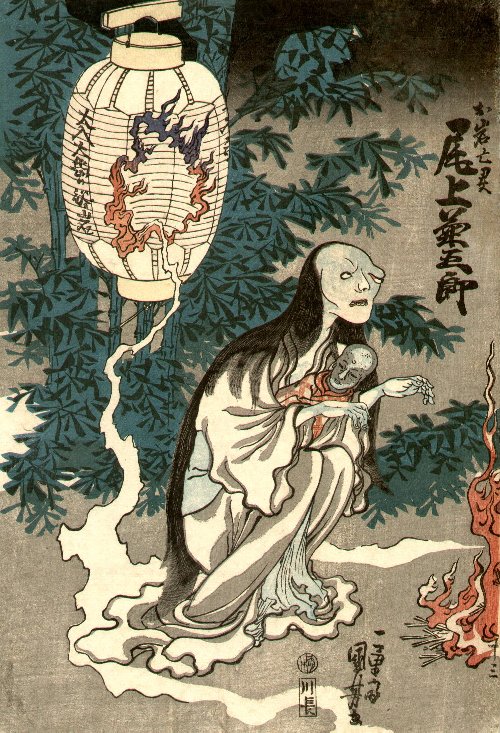
These fantastical creatures from Japanese mythology come in a wide range of shapes and attributes. Yokai can be both benevolent and malevolent, and they’re thought to dwell in the spirit realm or specific natural locations.
Yokai are categorised into groups with distinct features, classifying them within the vast collection of Japanese mythological beings. They can be human-like, animal-like, inanimate objects, or even personifications of natural phenomena – essentially, anything and everything.
Many of them are linked to particular locations, such as mountains, forests, rivers, or derelict houses, reflecting the Shinto belief in the presence of spirits within nature.

In Shinto, everything in nature, including inanimate objects and natural occurrences, is thought to possess spirits or deities called kami. In some instances, certain yokai are also regarded as a type of kami or divine spirit.
Some well-known examples include the kitsune (a magical, multi-tailed fox), the tengu (a spirit with bird and human features), and the kappa (a water-dwelling creature with a water-filled cavity in its head).
Yokai hold a significant role in Japanese culture, featuring in folklore, folk tales, and art. They’ve also appeared in literary works, manga, anime, and video games. Yokai can symbolise human nature, morality, or even provide explanations for unexplained events.
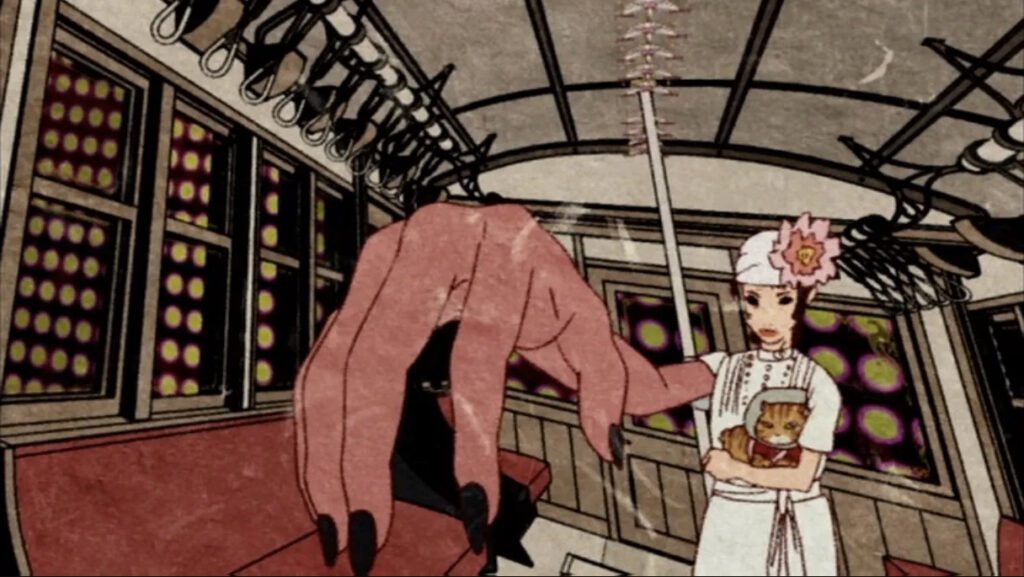
In summary, yokai are supernatural entities from Japanese mythology that come in a diverse array of forms and characteristics, leaving a lasting impact on Japan’s culture and art.

